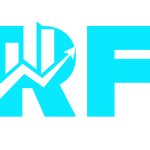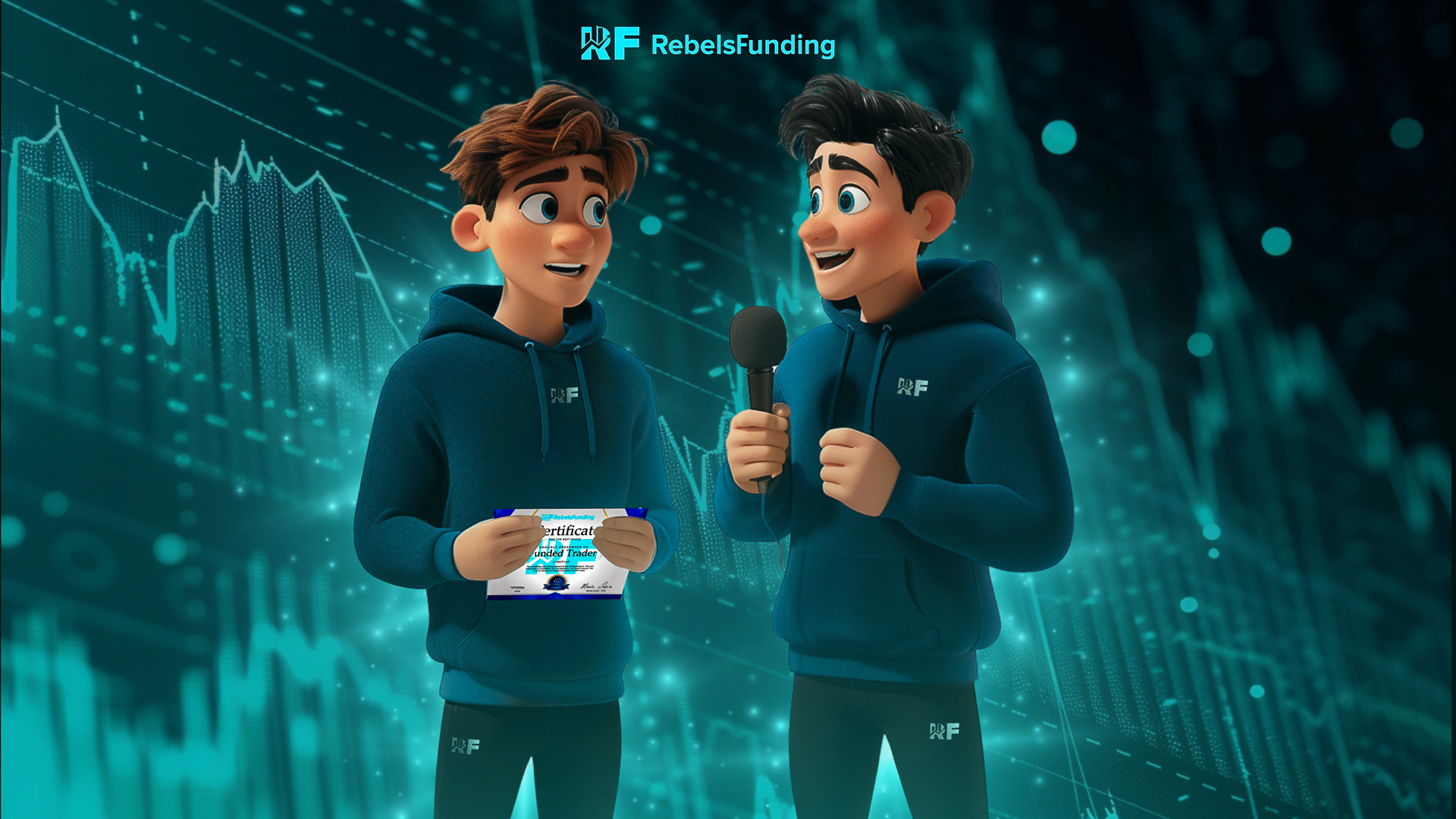How to Move from 0 to Profitable Prop Trader in 2024

A new trading year is here again. Why not make it special and outstanding? You can make 2024 a profitable and remarkable forex prop trading year for yourself. It’s time to better your performance! How to make this happen?
In this blog post, I will share with you some tips to help you have an exciting and rewarding trading experience in 2024:
1. Review your previous trades
One of the most essential steps that you can take as a prop trader is to review your trades and modify your strategy. Doing this will help you identify areas for improvement and make necessary adjustments to your trading plan and rules. It can help you enhance your edge, eliminate your weaknesses, learn from your feedback, and adapt to changing market conditions.
You should do this regularly to keep your strategy relevant and effective.
2. Focus more on the process, not the outcome
Another important tip that you should follow is to focus more on the process than the outcome. Focusing more on outcome instead of the process can lead to poor decision-making and failure, because you would be primarily controlled by greed when trading.
To have a positive prop trading experience, get rid of greed, the desperation to make money and FOMO, and you would notice your stress, frustration, and anxiety levels drop significantly.
When you begin to focus more on the process, you start to invest more into your skills, habits, and mindset, which eventually leads to better results.
3. Enter only quality trades
Trading quality and not quantity is the principle of selecting high-quality trades over low-quality trades, regardless of the frequency or volume. This can help you increase your probability of success, your risk-reward ratio, and your errors.
Instead of trading too much or too often, which can dilute your trading edge, you should trade only when you have A++ setups (these are the trades that you have thoroughly researched, tested, and validated, and that you have a strong conviction and confidence in).
By concentrating on quality trades, you will reduce your losses and maximize your profits.
4. Have 2 to 3 confirmations before you enter a trade
Only enter a trade when you have at least two or three indicators or signals that support your trading decision. Using 2-3 confirmations for each trade can help you increase your accuracy, reduce false signals, and filter out the noise.
For example, if you want to buy an asset in an uptrend, you should look for confirmation from a trend indicator (such as a moving average), a momentum indicator (such as a MACD), and a volume indicator (such as an OBV). Adopting this method for each trade can help you trade with more confidence and conviction.
5. Test your strategy before use
Testing your strategies or backtesting is simply the habit of applying your trading strategies on historical data to evaluate their performance and robustness. Doing this daily can help you discover new opportunities, optimize your parameters, identify your strengths and weaknesses, and validate your assumptions and hypotheses.
You should test your strategies daily, for at least one hour, to keep your skills sharp and your knowledge updated. It will help you build confidence in your strategies.
6. Trade one session, stick to one trading strategy and master it
Focusing on only one session and one style can help you avoid distractions, confusion, and inconsistency.
You should try and specialize in one session and one style that matches your personality, trading goals, risk tolerance, and trading edge.
For example, if you are a scalper who likes fast and frequent trades, you should trade during the most active and volatile sessions, such as the London or New York sessions. If you are a swing trader who likes longer and fewer trades, you should trade during the less active and stable sessions, such as the Asian or Sydney sessions.
Trading one session and mastering one strategy can help you trade with more focus and discipline.
7. Manage your risk and understand the rules of a prop firm’s program or account
Managing your risk and emotions properly will definitely help you protect your capital, preserve your profits, and prevent you from violating drawdown limits.
You should prioritize risk and emotion management over strategy, as no strategy can work without proper risk and emotion management.
You should have a clear and consistent risk and emotion management plan that defines your risk parameters, such as your maximum drawdown, your maximum loss per trade, your position size, your stop loss, and your take profit.
Also, you should have a contingency plan that outlines what you will do in case of unexpected events, such as market crashes, system failures, or personal emergencies.
8. Reward yourself when you follow your trading plan
Rewarding yourself for following your plan is the practice of giving yourself positive reinforcement for adhering to your trading plan and rules, regardless of your emotions, impulses, or external influences.
Your reward can be in form of taking a break, treating yourself, celebrating your achievements, or sharing your progress with others. Whatever you consider a good reward.
A reward system will motivate you more and enable you to execute your strategies consistently and flawlessly.
In conclusion, the road to profitability in forex prop trading is smooth; what matters is how you drive. By incorporating these tips into your trading routine, you will be sure to have a productive forex prop trading year.
We wish you the best!



